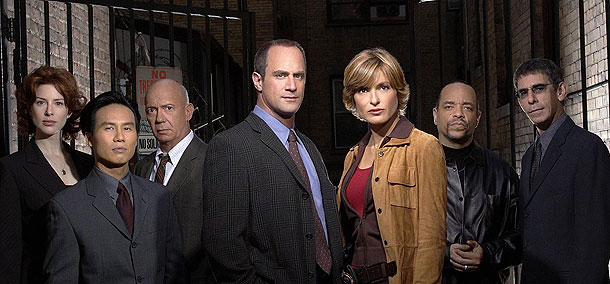The cultivation theory discussed in the book explains how television in modern America is often given the blame for often exaggerating our expectations and understandings in everyday life. The world may seem like a dark and scary place, but this is often related to the lens of the fictional lives you often become engulfed into through the television. We subconsciously go into situations having predetermined expectations because of what television has portrayed to us as the “norm”. The more time an individual spends getting lost in the so called “television reality”, the more likely the individual will have a more difficult time separating reality from the reality of the television show.
When Gerber, who came up with the theory, began researching in the 1960’s, he defined the cultivation theory as “ high frequency viewers of television are more susceptible to media messages and the belief that they are real and valid. Heavy viewers are exposed to more violence and therefore are affected by the Mean World Syndrome, the belief that the world is a far worse and dangerous place then it actually is” (masscomtheory.com/cultivation theory) Being that television sets were still rather new at this point and in no way as accessible as they are today, Gerber was able to notice a direct correlation between television watched and skewed versions of realities.
An example of this would be Law and Order Special victims unit. Although the show has a new episode what seems to be like every single day, depicting people of all ages and genders getting raped in New York city. If an individual spent a few hours watching a few episodes they’d more than likely believe that rape is far more common than it actually is.






